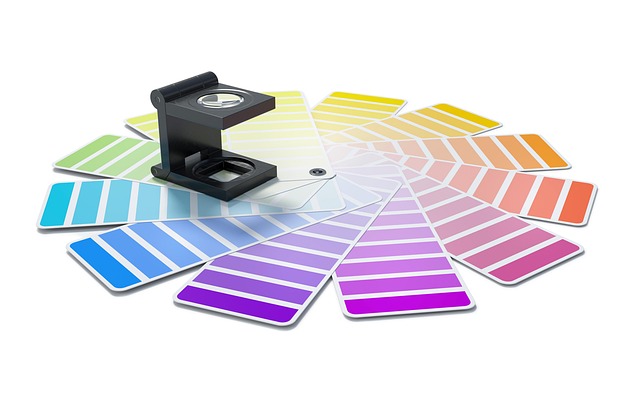As photographers, we often find ourselves in a world dominated by vibrant colors, stunning compositions, and the subtle nuances of light and shadow. Every photograph tells a story, but the journey from the camera to the final display involves another critical step — image resizing. This art form, often overlooked, is essential for perfecting your design and ensuring your photos shine in any format.
When we think of photography, we often focus on capturing the perfect moment or using the right lens. However, the size and resolution of your images play a significant role in their final presentation. Resizing is not just about making something smaller or larger; it’s about respecting the integrity of your artistic vision. When done correctly, image resizing can elevate your photographs, enhancing their details while maintaining clarity and impact.
Consider the various platforms where your work may be shared — websites, social media, or even printed posters. Each medium has its own requirements and limitations. For example, an Instagram post demands a different resolution compared to a gallery print. By mastering image resizing, you ensure your photos look stunning regardless of where they are displayed.
The art of resizing also extends to the design aspect of your work. Integrating your photographs into web design, marketing materials, or portfolios requires a keen understanding of how sizes can affect layout and aesthetics. An image that is not properly resized can lead to pixelation or distortion, which detracts from your artwork and the message it seeks to convey.
Moreover, resizing images isn’t merely a technical process; it’s an act of creativity. Think of it as reshaping your canvas. Each time you adjust the dimensions of an image, you have the opportunity to reframe its story, presenting it in a way that best captures the viewer’s attention. Choosing the right size can draw focus to details, highlight emotions, and ultimately enhance the viewer’s experience.
To master image resizing, there are several tools and techniques at your disposal. Software like Adobe Photoshop or Lightroom offers a wealth of options for resizing images while maintaining quality. Familiarizing yourself with these tools is crucial in achieving the best results. Pay attention to the resolution — generally, 72 DPI is ideal for web images, while 300 DPI is preferred for prints.
Remember, every image you resize is a chance to refine your artistic vision and strengthen your design skills. It allows you to present your work in a way that aligns with your intent and engages your audience fully. Dive into the world of image resizing and transform not just the size of your photographs, but the way they are perceived and appreciated by the world.




